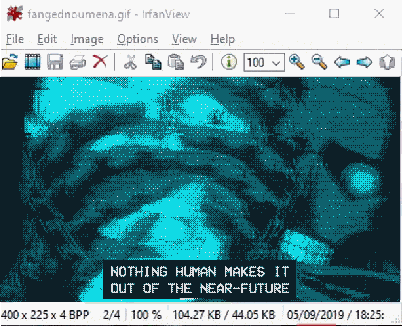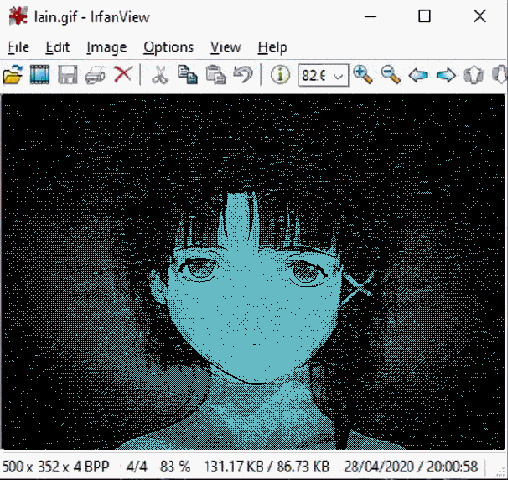i d o n' t l i k e
b i g c i t i e s
/but I'm still fascinated by its decadent aesthetics.

"The
"form" hypermarket can thus help us understand what is meant by
the end
of modernity. The large cities have witnessed the birth, in about a
century (1850-1950), of a generation of large, "modern" stores (many
carried this name in one way or another), but this fundamental
modernization, linked to that of transportation, did not overthrow the
urban structure. The cities remained cities, whereas the new cities are
satellized by the hypermarket or the shopping center, serviced by a
programmed traffic network, and cease being cities to become
metropolitan areas.

A
new morphogenesis has appeared, which
comes from
the cybernetic kind (that is to say, reproducing at the level of the
territory, of the
home, of transit, the scenarios of molecular control that are those of the genetic code),and whose form is nuclear and satellitic. The hypermarket as nucleus. The city, even a modern one, no longer aborbs it. It is the hypermarket that establishes an orbit along which suburbanization moves. It functions as an implant for the
new aggregates, as the university or even the factory sometimes also does – no longer the nineteenth-century factory nor the descentralized factory that, without breaking the orbit of
the city, is installed in the suburbs, but the montage factory, automated by electronic controls, that is to say corresponding to a totally deterritorialized function and mode of work. With this
factory, as with the hypermarket or the new university, one is no
longer dealing with functions (commerce, work, knowledge, leisure)
that are autonomized and displaced (which still characterizes the "modern" unfolding of the city), but with a model of the disintegration of functions, of the indeterminacy of functions, and of the disintegration of the city itself, which is transplanted outside
the city and treated as a hyperreal model, as the nucleus of a metropolitan area based on synthesis that no longer has anything to
do with a city. Negative satellites of the city that translate the end of the city, even of the modern city, as determined, qualitative
space, as an original synthesis of a society."- Jean Baudrillard
home, of transit, the scenarios of molecular control that are those of the genetic code),and whose form is nuclear and satellitic. The hypermarket as nucleus. The city, even a modern one, no longer aborbs it. It is the hypermarket that establishes an orbit along which suburbanization moves. It functions as an implant for the
new aggregates, as the university or even the factory sometimes also does – no longer the nineteenth-century factory nor the descentralized factory that, without breaking the orbit of
the city, is installed in the suburbs, but the montage factory, automated by electronic controls, that is to say corresponding to a totally deterritorialized function and mode of work. With this
factory, as with the hypermarket or the new university, one is no
longer dealing with functions (commerce, work, knowledge, leisure)
that are autonomized and displaced (which still characterizes the "modern" unfolding of the city), but with a model of the disintegration of functions, of the indeterminacy of functions, and of the disintegration of the city itself, which is transplanted outside
the city and treated as a hyperreal model, as the nucleus of a metropolitan area based on synthesis that no longer has anything to
do with a city. Negative satellites of the city that translate the end of the city, even of the modern city, as determined, qualitative
space, as an original synthesis of a society."- Jean Baudrillard
\\b a c k\\ //n e x t//
